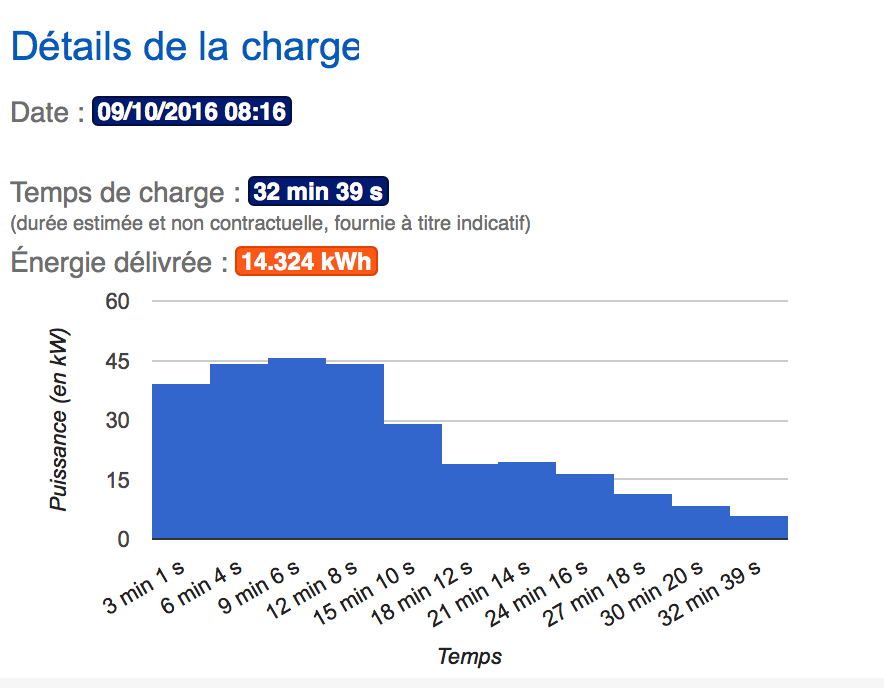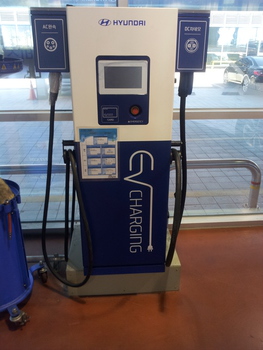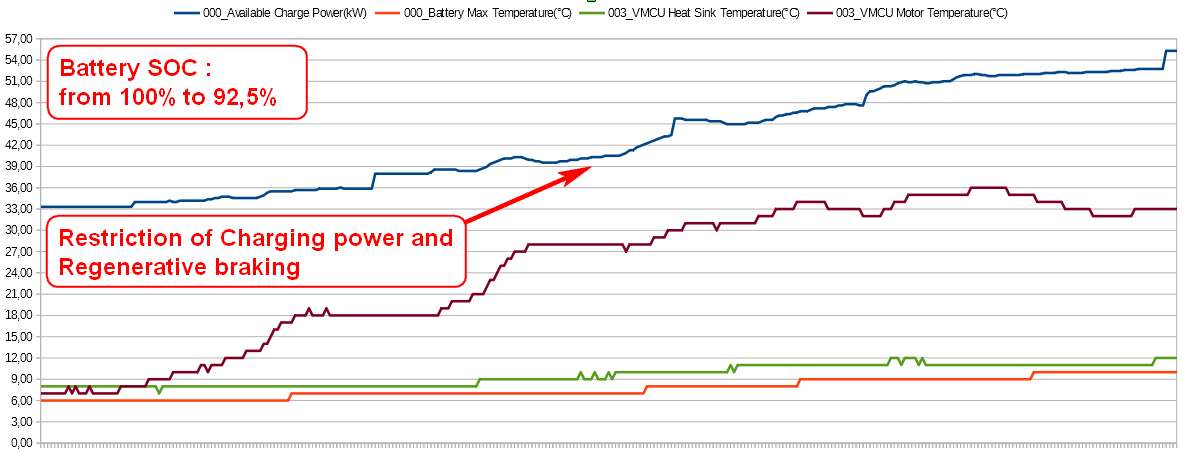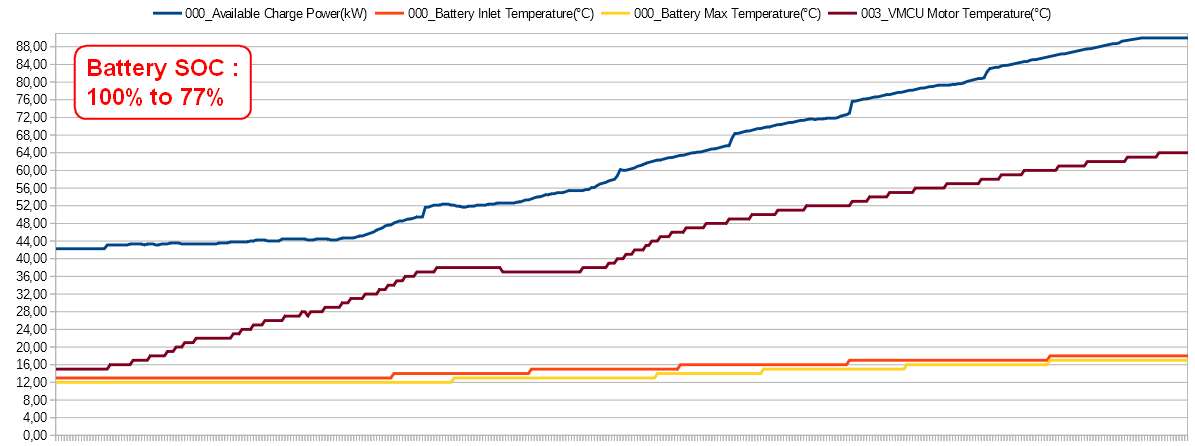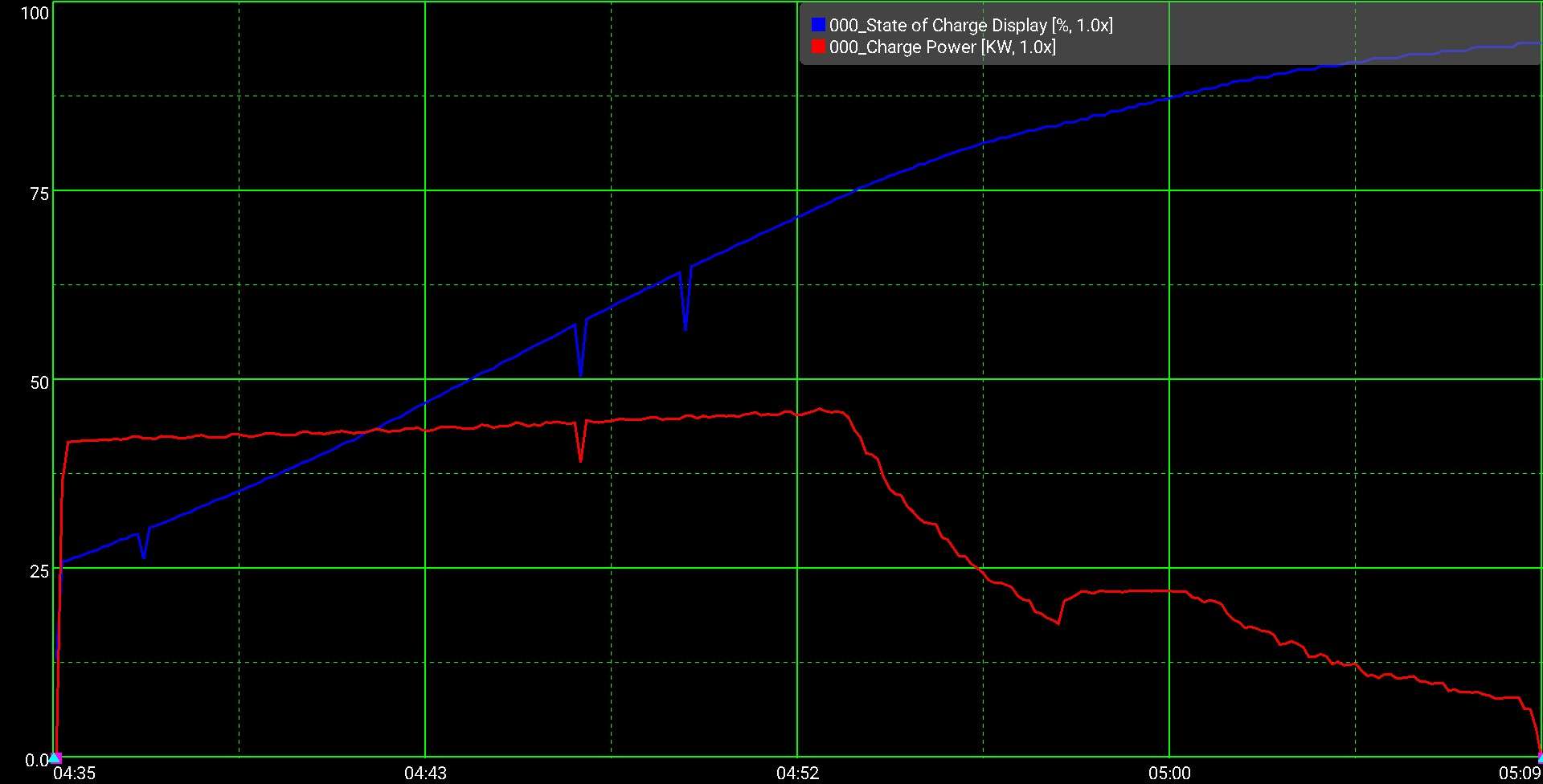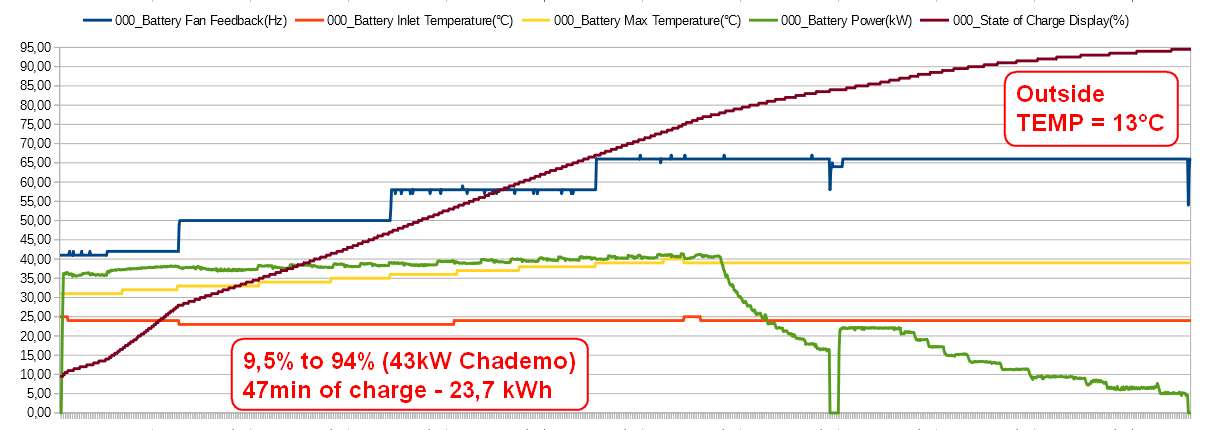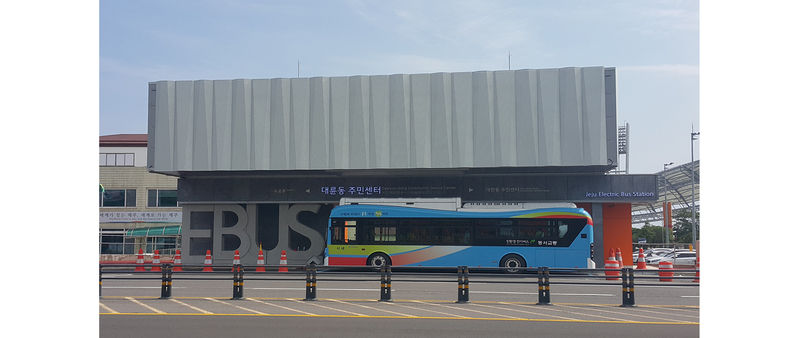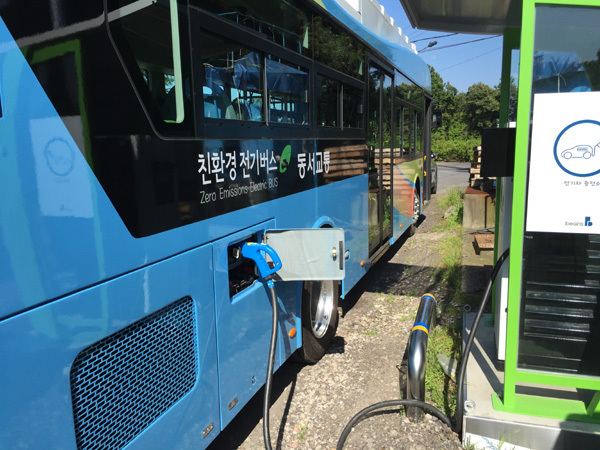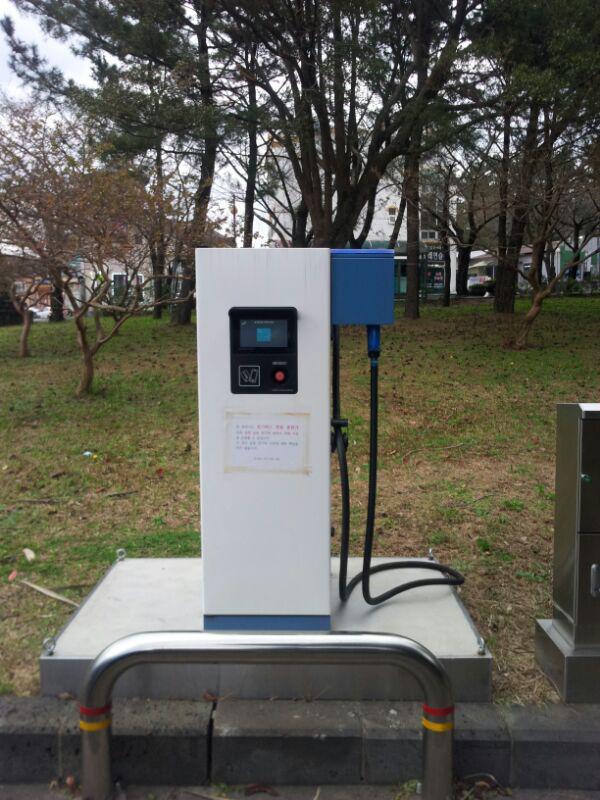SoulEV2016
Well-known member
- Joined
- Jul 18, 2016
- Messages
- 572
Tools to build that : http://www.mykiasoulev.com/forum/viewtopic.php?p=5039#p5039
Required : Nissan Chademo 43kW Station

40-84% = 21 min (13,2 kWh)
84-94% = 16 min (3,1 kWh)
Free LOGS (LibreOffice ODS) : http://up.sur-la-toile.com/i1ibX ( mirror = http://www.4shared.com/file/OQskwXqLba/trackLog-2016-oct-07_18-10-50.html )
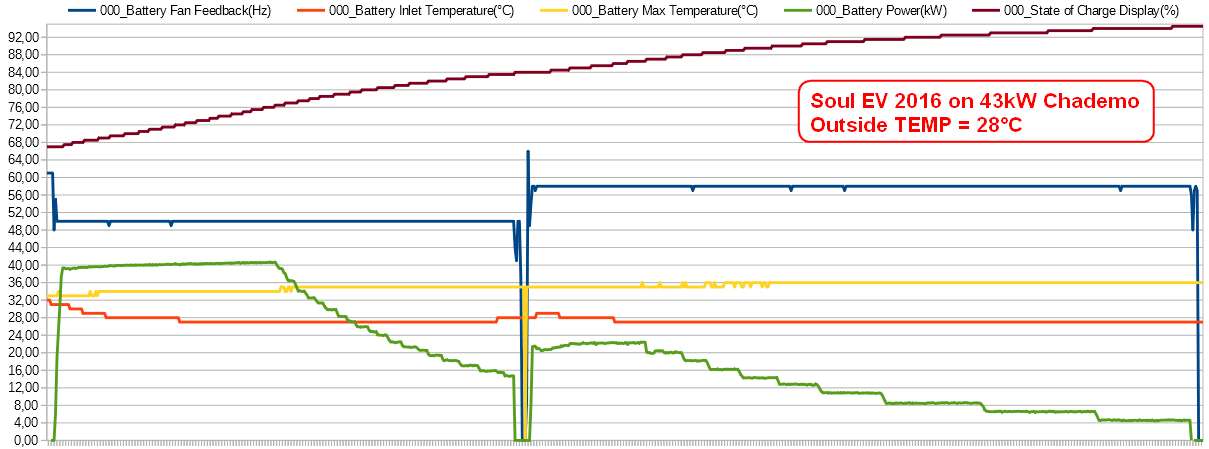
67-84% = 9 min
94-94% = 13 min
Free LOGS (LibreOffice ODS) : http://up.sur-la-toile.com/i1ic0 ( mirror = http://www.4shared.com/file/KNlItRMece/trackLog-2016-aot-26_14-58-42.html )
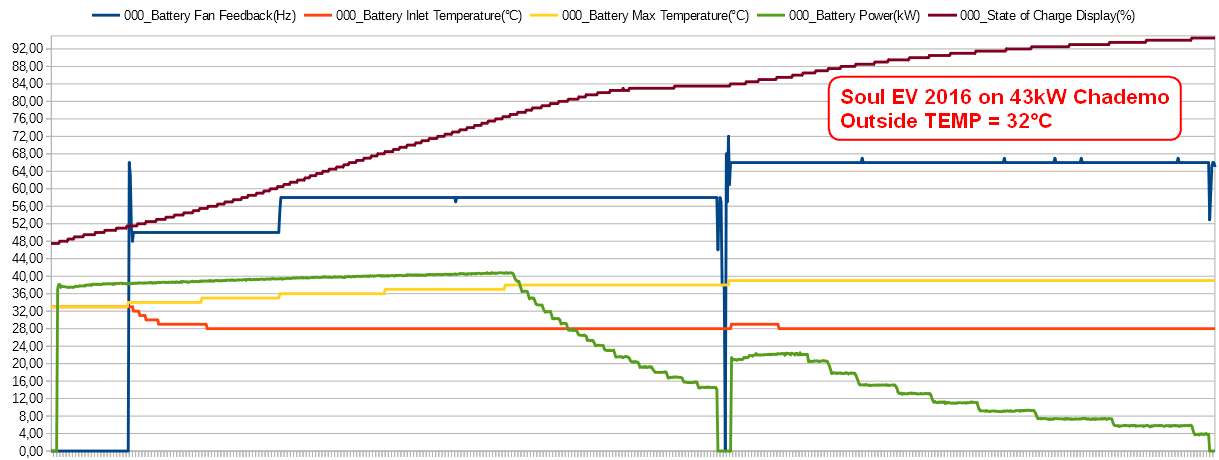
47-84% = 18 min
84-94% = 13 min
Free LOGS (LibreOffice ODS) : http://up.sur-la-toile.com/i1ic1 ( mirror = http://www.4shared.com/file/mjIyOn0Pce/trackLog-2016-sept-09_16-06-50.html )
original source : http://www.automobile-propre.com/forums/post72620.html#p68545
Required : Nissan Chademo 43kW Station

40-84% = 21 min (13,2 kWh)
84-94% = 16 min (3,1 kWh)
Free LOGS (LibreOffice ODS) : http://up.sur-la-toile.com/i1ibX ( mirror = http://www.4shared.com/file/OQskwXqLba/trackLog-2016-oct-07_18-10-50.html )

67-84% = 9 min
94-94% = 13 min
Free LOGS (LibreOffice ODS) : http://up.sur-la-toile.com/i1ic0 ( mirror = http://www.4shared.com/file/KNlItRMece/trackLog-2016-aot-26_14-58-42.html )

47-84% = 18 min
84-94% = 13 min
Free LOGS (LibreOffice ODS) : http://up.sur-la-toile.com/i1ic1 ( mirror = http://www.4shared.com/file/mjIyOn0Pce/trackLog-2016-sept-09_16-06-50.html )
original source : http://www.automobile-propre.com/forums/post72620.html#p68545




